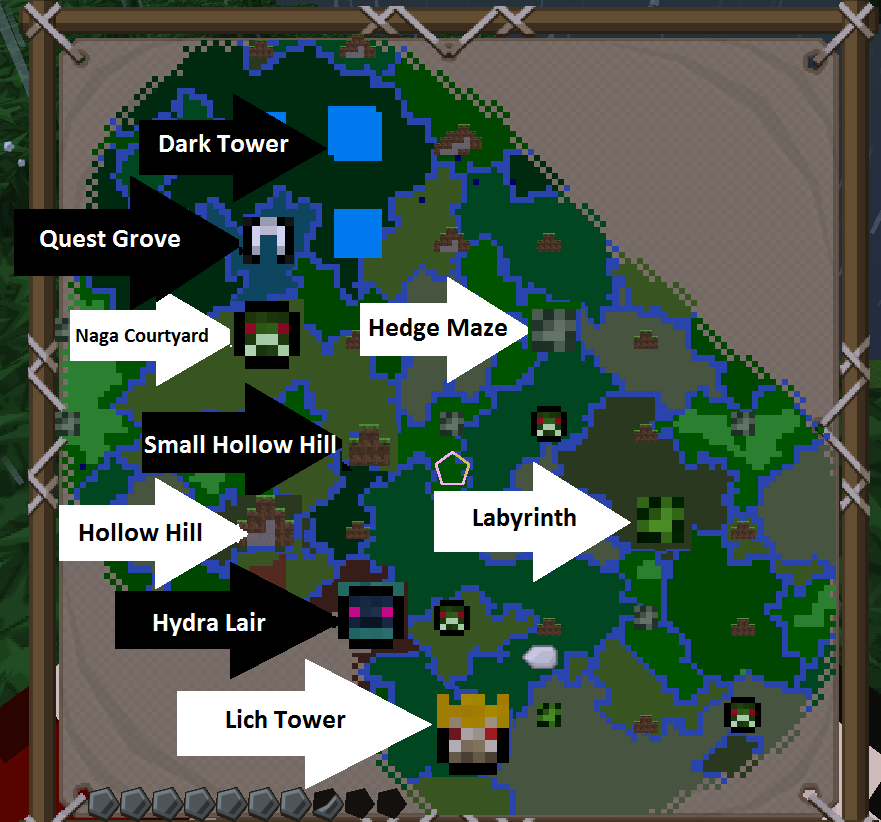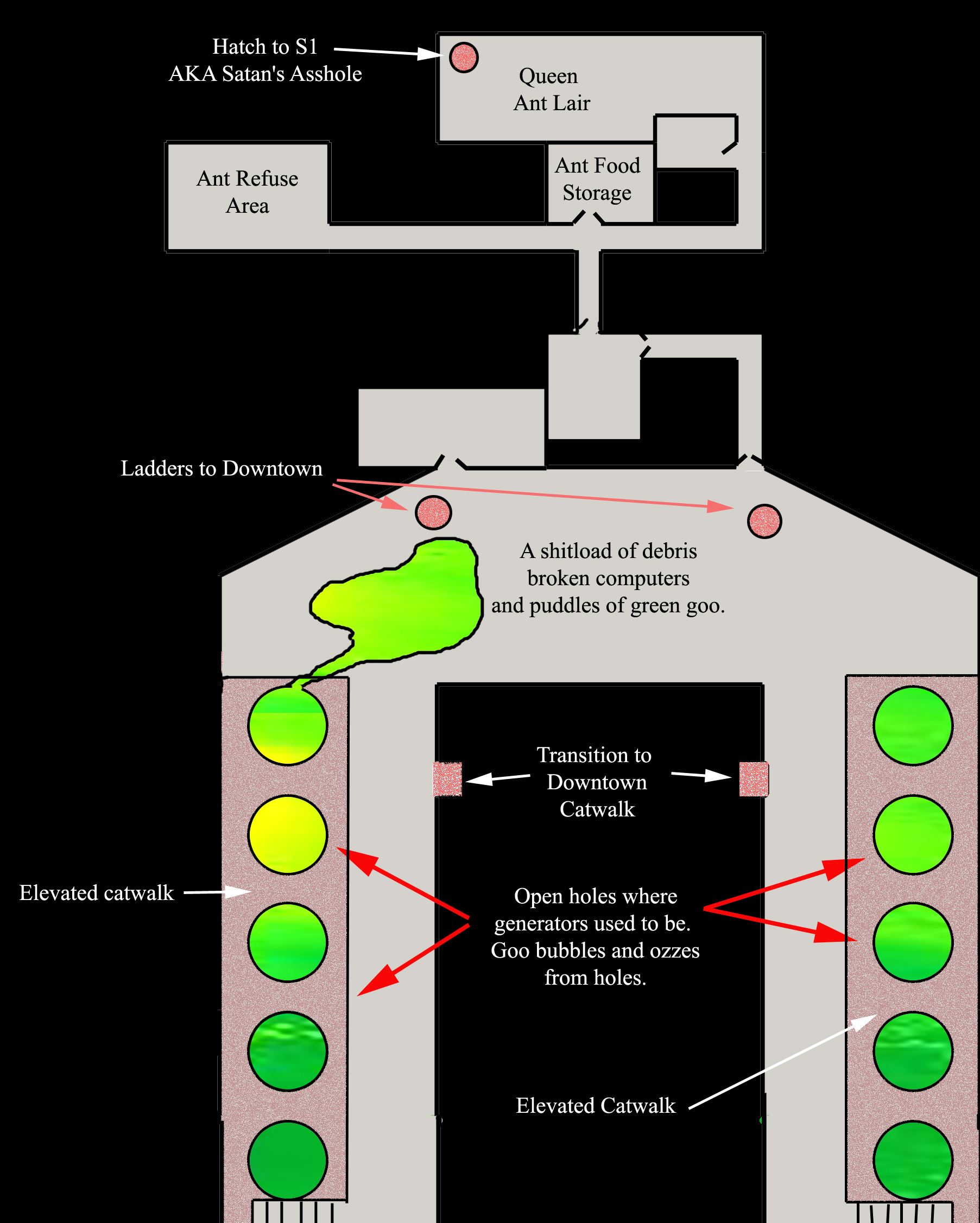
We developed a new method to map the spatial extent of algal blooms using Sentinel-2 MSI and Landsat OLI images with higher spatial resolution but lower temporal resolution based on the concept of Local Indicator of Spatial Association. However, such images typically are of coarse resolution, limiting their utility to map algal blooms in small inland waters. Optical satellite imagery with short revisit times has been widely used to monitor algal blooms in marine and large inland waters. The timely and accurate detection of algal blooms is critical for their control, management and forecasting. This review aims to present the exploitation of data gathered from two currently orbiting hyperspectral sensors (i.e., PRISMA and DESIS) to retrieve water quality parameters across different aquatic ecosystems, encompassing deep clear lakes and river dammed reservoirs.Īlgal bloom is a serious global issue for inland waters, posing pose a serious threat to aquatic ecosystems. To date, most of the applications developed for inland water have been based on multispectral and mid to coarse spatial resolution satellites, while a new generation of spaceborne imaging spectroscopy is now available, and future missions are under development.
#Scum map with key archive#
Remote sensing has been widely recognized as an essential integrating technique for water quality monitoring, thanks to its capabilities to utilize both historical archive data for thousands of lakes as well as near-real time observations at multiple scales. Not only does water quality monitoring support management decision making, it also provides vital insights to better understand changing structural and functional lake processes. The monitoring of water bio-physical parameters and the management of aquatic ecosystems are crucial to cope with the current state of inland water degradation.

In this small fluvial-lake where there are multiple pressures and diverse uses of the water, hyperspectral data can guarantee spatial and temporal information suitable for the study of primary producers, including the identification of the different functional groups and their seasonal evolution. For the second application, various multispectral satellite (e.g., Landsat constellation, Sentinel-2, SPOT5) or hyperspectral sensors (e.g., APEX, MIVIS) were used to retrieve water quality, macrophyte products or both to assess the Mantua lakes system ecology at different spatial-temporal scales and to support management plans and actions. integrated the use of high frequency in situ measurements and multispectral satellite data to explore temporal (diurnal and seasonal) dynamics and spatial distribution of Chl-a concentration, together with physico-chemical water parameters. assessed short (intra-day) and medium (from weekly to monthly) term Chl-a dynamics by means of continuous spectroradiometric measurements, and Pinardi et al. For example, for the first application, Bresciani et al. Exploiting satellite data at high frequency provided an insight to understand the dynamic changes and interactions with herbivorous birds, environmental factors, and anthropogenic pressures, revealing a delicately balanced and threatened ecosystem. The area examined is part of an internationally important site containing the highest abundance and diversity of overwintering water birds in Italy. The outcome of the study highlights a decline in the density of the macrophytes and a shift towards deeper areas compared to the situation in 1997.

A separate analysis focusing on areas associated with boat transit found a recovery in macrophyte coverage during the period of COVID-19 lockdown.

Variables found to influence the amount of macrophytes included transparency, chlorophyll–a, water level, winter wave height, and grazing by herbivores. Substantial changes were found in both spatial extent and density over the period from 2015 to 2020, particularly in 2019 when there was almost a complete absence of dense macrophytes. Satellite images allowed the mapping of the spatiotemporal dynamics of submerged rooted macrophytes in order to support monitoring of the shallow water ecosystem under study.

In addition to this, our results were compared to previous data from imaging spectrometry individual parameters affecting macrophyte communities were tested, and the possible effect of the COVID-19 lockdown on macrophyte colonization was evaluated. The key aim of this study is to document the variation in spatial extent and density of macrophytes seasonally between 20 of the Sirmione Peninsula (Lake Garda, Italy), using Sentinel-2 imagery. They provide structure, habitat, and a food source and are a required component in monitoring programs of lake ecological quality. Macrophytes are of fundamental importance to the functioning of lake ecosystems.


 0 kommentar(er)
0 kommentar(er)
